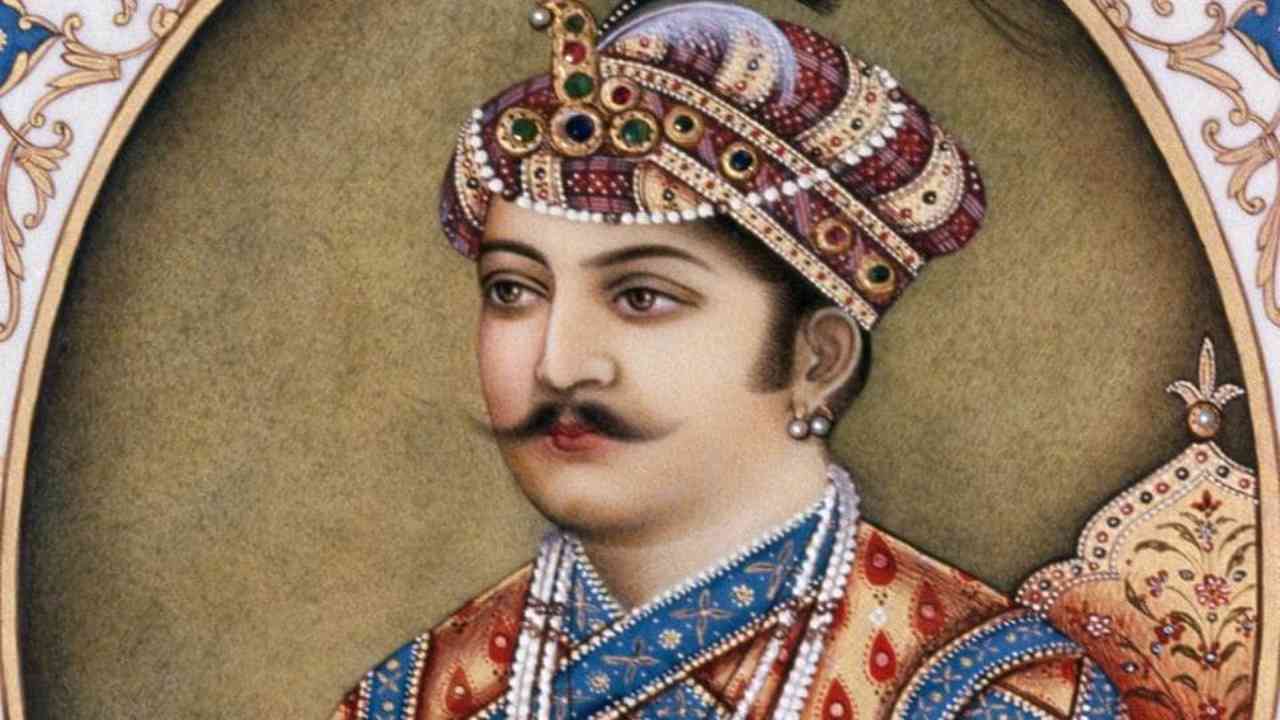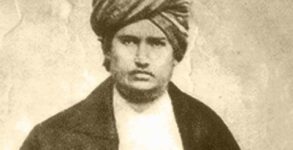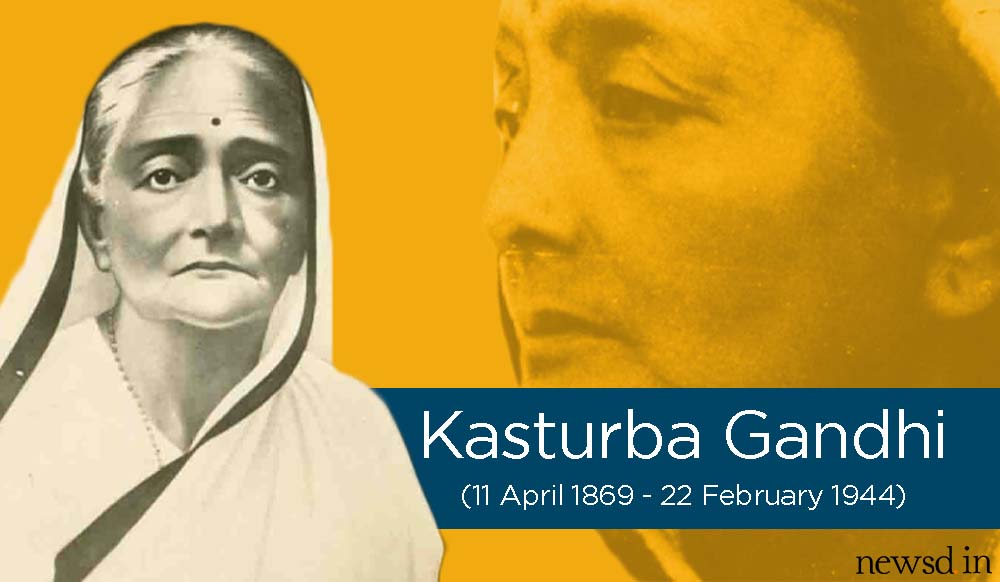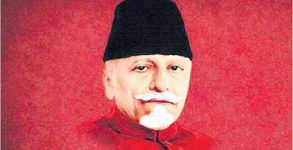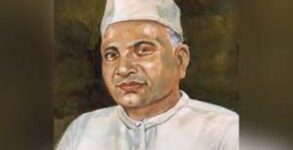Ten days after his 63rd birthday, the greatest of the Great Moguls (or Mughals) died of dysentery in his capital of Agra, 416 years ago. Do you know that he was only 13 when he ascended the throne after his father, Humayun’s death. He ruled under the regent, Bairam Khan, who helped the young emperor expand the Mughal dynasty in India.
Akbar took a keen interest in coinage. He was very inspired by the currency reforms of Sher Shah Suri and carried them forward under his rule. Akbar issued coins which reflect his power and they are the most exquisite. During his reign, tri-metallic currency was in practice – gold mohurs, silver rupees, silver fractions, copper tanka/dam and their fractions. The gold coin was known as Mohur. Apart from the continuing usage of Rupya (introduced by Sher Shah Suri).The copper coins of Akbar were known as Tanka, Dam (half tanka), Nisfi (half dam) and there were quarter dams, damri, chhutanki, do tanki and tankis.
Some facts on Jalal ud-din Muhammad Akbar 416th birth anniversary:
- Akbar was born as Abu’l-Fath Jalal ud-din Muhammad Akbar
- He spent his youth learning to hunt, run, and fight, which made him a daring, powerful and a brave warrior
- Akbar was dyslexic and never wanted to read or write. He, however, liked the company of writers, musicians, painters and scholars like great musician Tansen and a noble man Birbal
- Akbar succeeded his father, Humayun, in 1556. The 13-year-old Akbar was enthroned by Bairam Khan and was proclaimed Shehanshah. Since Akbar was only a teenager, Bairam Khan ruled on his behalf until he came of age
- Akbar was given the nickname ‘the Great’ because of his many accomplishments, among which was his record of unbeaten military campaigns that established the Mughal rule in the Indian subcontinent
- Mughal firearms in the time of Akbar came to be far superior
- It is pretty well known that Akbar was tolerant towards all religions. He had over 25 wives and most of them belonged to other religions
- The most notable of his wives was Jodha Bai, who was a Jaipur princess
- In 1563, Akbar cancelled the law to collect tax from Hindu pilgrims if they visited their holy places. He had a liberal attitude towards all religions. This liberal attitude also helped him a lot in the expansion of his territory
- After northern India, Akbar began expansion of his territorial boundary to the southern part of India. Such was the might of his empire that it stretched from Sindh in the western part of India to Bengal in the eastern part of India and from present day Afghanistan to the Godavari basin in south
- Akbar had 9 ministers in his court, who were called his Navratnas or ‘9 gems’
- The Akbarnama which means ‘Book of Akbar’, is an official biographical account of Akbar. The book includes vivid and detailed descriptions of his life and times. The work was commissioned by Akbar, and written by Abul Fazl, one of the Nine Jewels
- It is stated that the book took seven years to be completed and the original manuscripts contained a number of paintings supporting the texts
- Akbar fell ill on October 3, 1605 with an attack of dysentery. He is believed to have died on October 27, 1605
- His body was buried at a mausoleum in Sikandra, Agra.

